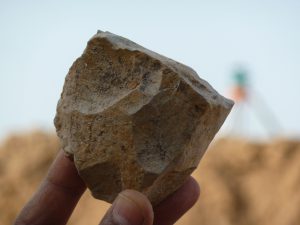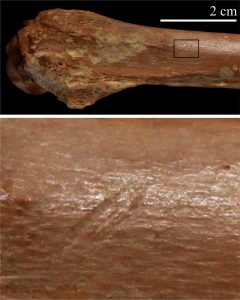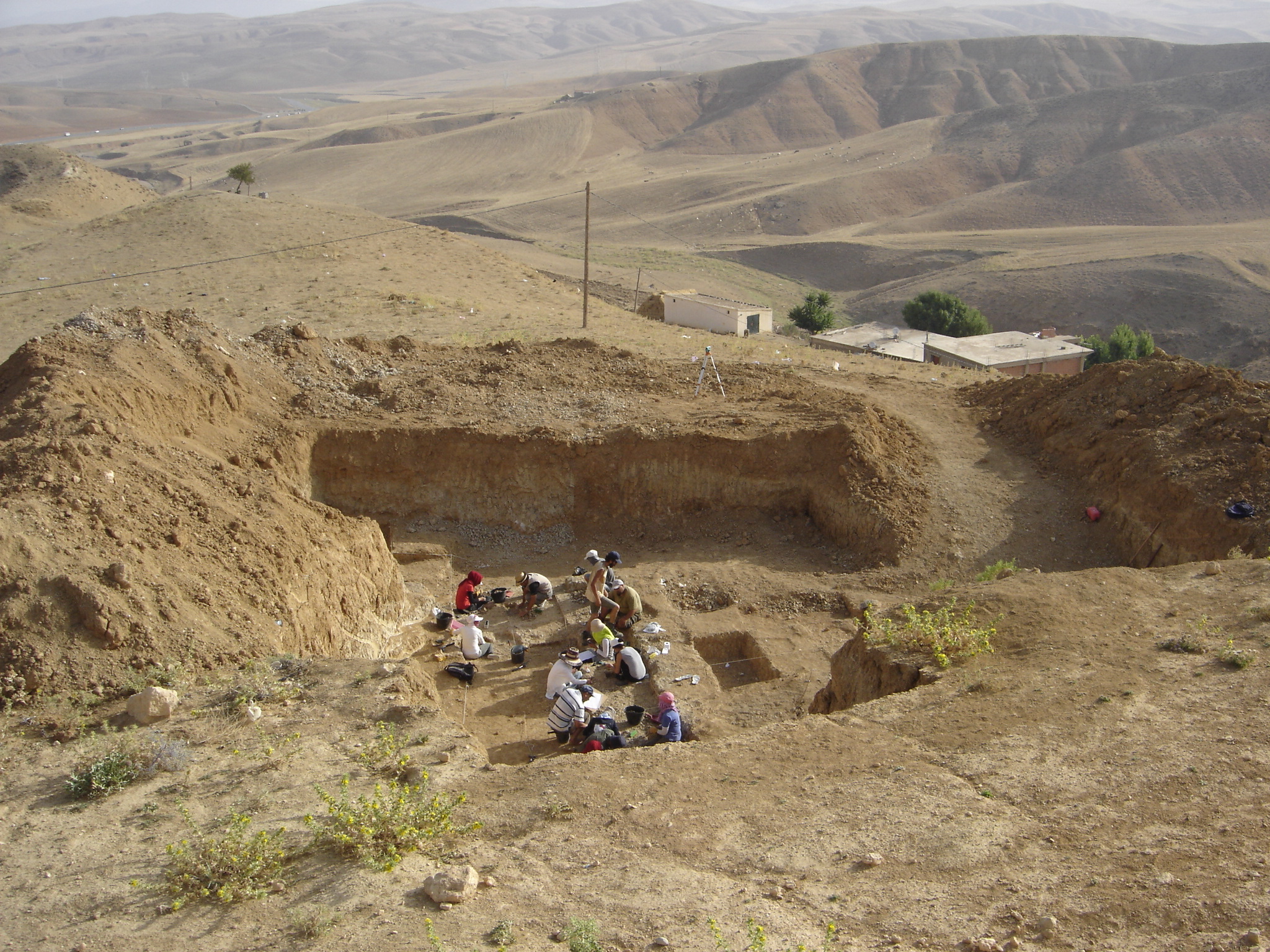A Griffith University researcher has played a key role in establishing new evidence of ancient human occupation in Algeria as the oldest ever found in Northern Africa, surpassing previous findings by half a million years.
This discovery indicates ancient humans (hominins) occupied this region more than half a million years earlier than previously thought.
 The research, published inScience, describes the discovery of two archaeological levels at the AinBoucheritsite, in Algeria, Northern Africa. They have been dated to approximately 1.9 million and 2.4 million years old, which makes them the oldest archaeological evidence ever found in the Southern Margin of theMediterranean sea.f
The research, published inScience, describes the discovery of two archaeological levels at the AinBoucheritsite, in Algeria, Northern Africa. They have been dated to approximately 1.9 million and 2.4 million years old, which makes them the oldest archaeological evidence ever found in the Southern Margin of theMediterranean sea.f
The material found during archaeological excavations at AinBoucheritincludes stone tools andcutmarkedbones, which the research team said is indirect but clear evidence of hominin presence.
The technological and typological features of the AinBoucheritstone assemblages, dominated by cores, flakes and a few retouched pieces aresimilar tothe Oldowan assemblages from the Early Pleistocene sites in East Africa.
The work, led by Prof MohamedSahnouni(CENIEH, Spain and CNRPAH, Algeria), involves an international team from different key institutions in Algeria, Spain, France and Australia.
Dr Mathieu Duval, an ARC Future Fellow member of Griffith’s Australian Research Centre for Human Evolution (ARCHE) within the Environmental Futures Research Institute, contributed to date the archaeological occupations.
“We had to use a combination of different methods to date AinBoucherit, namely stratigraphy, palaeomagnetism, electron spin resonance and biochronology,” Dr Duval said.
“The different methods provided consistent results and helped to chronologically constrain the lower and upper archaeological levels to about 2.4 and 1.9millionsyears, respectively.”
The AinBoucheritsite is 600,000 years older than the previous oldest evidence of hominin presence in the North Africa, which was estimated to 1.8 million years at AinHanech, a site located about 200m from AinBoucherit.
These new results indicate that the earliest settlement of North Africa is much older than previously thought, which brings additional complexity to the ever-changing story of human evolution.
So far, East Africa has provided the earliest known evidence for Oldowan stone artefacts dated to ~2.6 million years ago (Ma).
The discovery made at AinBoucheritstrongly argues for an early and rapid dispersal of stone tool manufacture and use from East Africa, or even a possible multiple origin scenario of stone technology in both East and North Africa.
